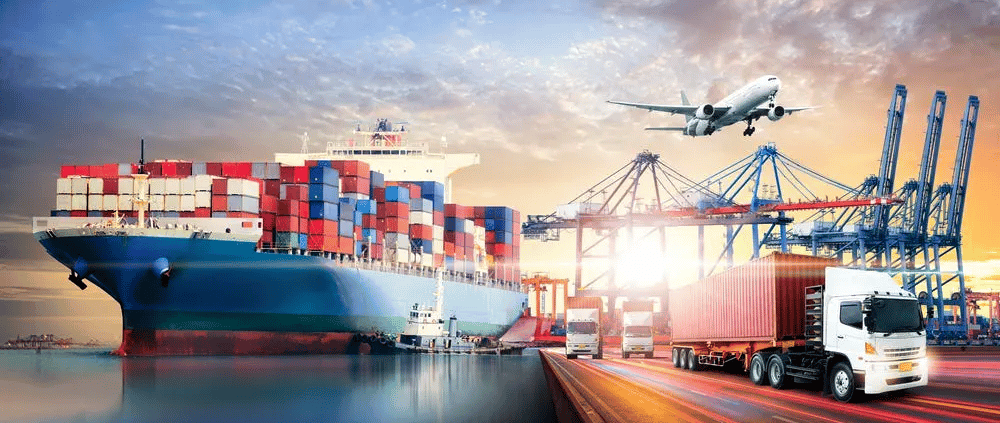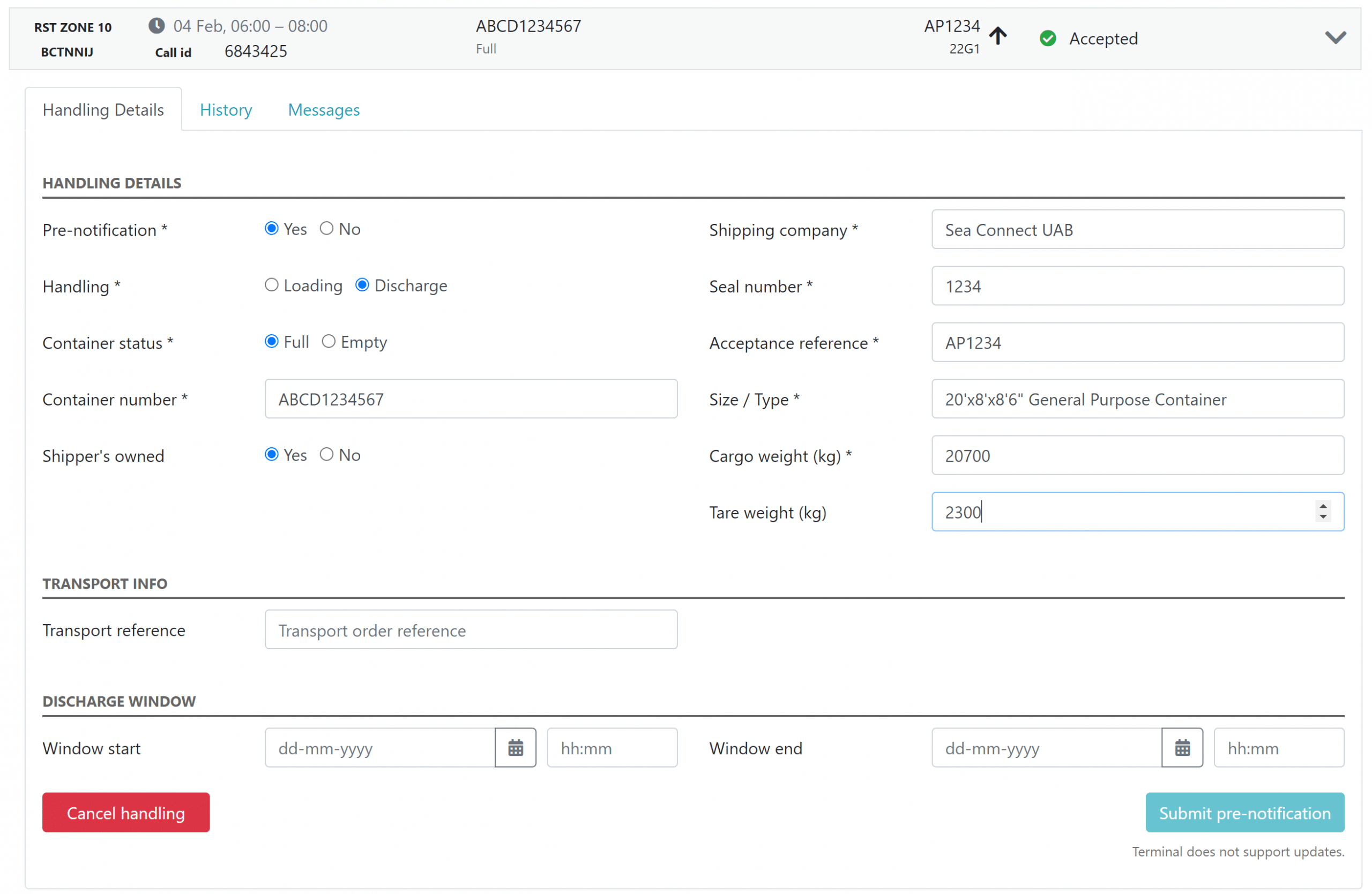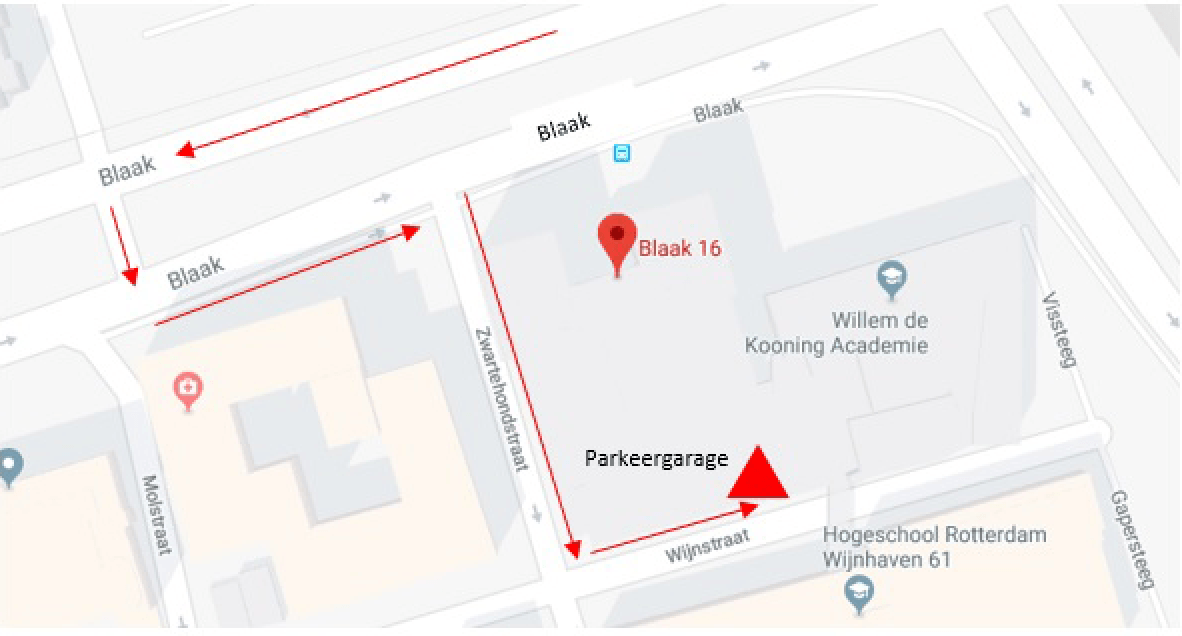Portbase launches Secure Chain: now it’s up to the market
With the launch of Secure Chain, Portbase offers the opportunity to make port logistics more secure. The required solution is now available. It is now up to the market to actually start using it.
Secure Chain: what is it?
Secure Chain has three levels: bronze, silver and gold. Bronze means implementing IAMconnected. Specifically, it involves among others applying Multi-Factor Authentication (MFA) and periodically validating identities. Silver and gold are about designating the subsequent link(s) in the port logistics chain. Silver relates to the part of the chain between the shipper/forwarder and the carrier, gold to the entire port logistics chain (see also the note at the bottom of this message).
With silver, the shipper/forwarder can nominate the carrier to pick up the container at the terminal. With gold, it is the shipping company/shipbroker who, through the commercial release, designates the so-called ‘first release party’. This is done on the basis of a clearance/release. The next link in the chain, often the shipper, is then designated by means of an authorisation. This continues all the way down to the final link in the chain: the carrier. As with silver, the carrier is nominated to pick up the container at the terminal.
Secure Chain: what does Portbase do?
Portbase has already taken the first step regarding bronze: MFA has been mandatory for all Portbase services since 1 July of this year. Portbase is taking care of the technical realisation for both silver and gold. Silver is available via the Portbase services Cargo Controller and Hinterland Container Notification. So is gold, with the addition of the Portbase service Cargo Declaration Import. Silver is now live, gold is scheduled for 2023.
Secure Chain: are you in?
Now that the technical realisation of silver is complete, Portbase is ready to facilitate port logistics parties in its implementation and adoption. It is up to the market itself to actually start using silver. Portbase is not in a position to ‘enforce’ its use, as it was with MFA, for example.
Secure Chain: why now?
The momentum is there. The necessity of increasing security at the port is widely accepted. Gone are the days when security was primarily regarded as the responsibility of others. It is clear that this is everyone’s responsibility.
Moreover, Secure Chain means that logistics information becomes available earlier, through the Portbase services Cargo Declaration Import, Cargo Controller and Hinterland Container Notification. This increases the transparency of the port logistics chain and takes efficiency in port logistics to the next level.
Background to Secure Chain
The introduction of Secure Chain will create a closed chain, with access to the logistics chain process being obtained not with a PIN code as is currently the case but by means of a nomination, exemption or authorisation. This renders the PIN code unnecessary and the port logistics chain more secure. After all, with Secure Chain, only designated (known) parties can gain access to the port logistics process.
Clearly, gold intervenes more in the supply chain process than silver. For this reason, it has been decided to introduce silver in the port first and only then gold – silver can thus be seen as the stepping stone to gold. Incidentally, this order is separate from various pilots already underway in the port of Rotterdam to test gold in practice.
Secure Chain is part of the Securely Sharing Data Together programme. This programme has three tracks: secure identities, secure chains and a secure platform. Secure Chaimn is the concrete implementation of the second track (secure chains). Want to know more? Take a look at this page.



